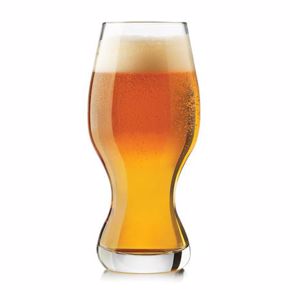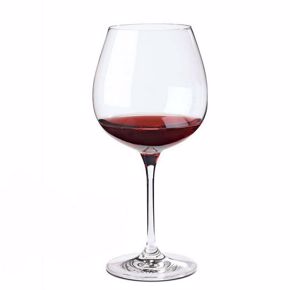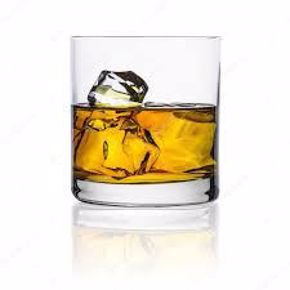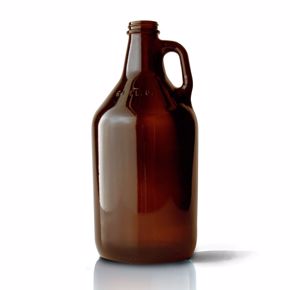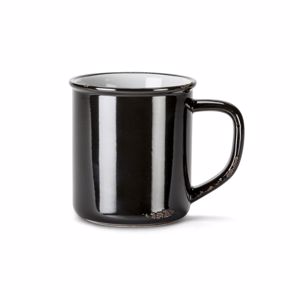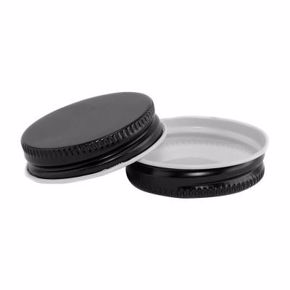The importance of selecting the right glass
Long ago, it really wasn’t vital to consider the impact of choosing the right vessel to enjoy your beer in. In fact, we probably did not have much choice. Then, along came the invention of the first, golden, clear beer in the world – the Pilsner. Now, we wanted to be able to enjoy the lighter colour and the clarity of our favourite beverage.
Nowadays, there are so many different factors to think about when selecting glassware for your brands. Until very recently, the theory behind glassware design was based on style. In short, we always planned for a tall, narrow glass for lagers and a more wide-mouthed version for ales. However, while this concept works for most beers, it doesn’t completely apply to making an educated choice.
In essence, your decision on glassware design should be based on the kind of experience you want the consumer to have.
The Mouth
The area at the top of the glass is the beginning of your considerations. The wider the mouth of the glass, the more aromatics are available. Therefore, if the beer is simplistic in design such as a Helles, Pilsner, Kölsch etc., the aromatics are less robust. In this case, a tapered, tighter mouth of the glass is necessary to focus the aromas where the drinker can easily find them. In the case of a more complex beer such as a Belgian Dubbel or Quad, we should look for a wide mouthed glass that will allow the variety of different aromas to flourish.
The other consideration in this case is the effect of the atmosphere. Air pressure will cause the foam on beer to dissipate quickly if the mouth is too wide. A narrow, tight and tapered opening at the top of the glass will ensure that the foam stays in tact longer.
The Base
The bottom of the glass is equally as important but for different reasons. The breadth of the base can help to ease the pouring techniques for bartenders. In this case, an extremely narrow base will increase turbulence at the beginning of the pour leading to the construction of the foam collar early. This can easily turn into an over-foaming situation at the bar. The wider the base, the softer the entry of the beer and therefore, the foam collar could take a little longer to establish. You may also want to consider the option of nucleation. A nucleated site at the bottom of the glass is a laser etching that enhances the carbonation of the beer. This etching creates a greater surface area that builds a constant effervescence in the beer and introduces an image of freshness while maintaining the foam throughout the entire experience. The concept of nucleation is wonderful if a) the beer is clear and lighter in colour and b) served on draught where beer gas is being used. Beer gas is 70% nitrogen and softens the flavour of the beer and a nucleated glass can create a more thirst quenching, refreshing beer.
The Body
This part of the glass is often overlooked. However, it’s important to understand that carbonation becomes active when it contacts any surface area, not simply the base of the glass. In this case, carbon dioxide can be more active if the glass is narrower leading to a crisper, cleaner finish and a more refreshing experience. Conversely, a wider glass will lead to a softer mouth feel and longer finish and aftertaste. The broader body of a glass will also showcase more flavours. A porter or stout will reveal more chocolate and coffee notes when put into a wider glass but these flavours will become muted when poured into a narrower glass. Conversely, a pilsner poured into a narrower glass will be crisp, clean and refreshing but will open up its bready and cereal flavours in a wider glass.
Temperature
It’s important to be able to enjoy a beer at the right temperature. The colder a beer gets; the less flavour and aroma is available. While we most often consider a lager to be thirst quenching and refreshing, ales such as Kölsch and American Pale Ales and IPA are equally better cold. The design of the glass needs to take this into consideration and therefore you should try to limit the amount of contact the drinker’s hand has with the glass. Therefore, consider a narrow base, a stem glass or some other form of separating the hand from the beer.
Beers with more body and flavour need to be warmed up so that we can all appreciate the great aromatics and tastes given to us by the brewer. This means we should lean toward a wider bodied glass or a chalice or snifter shape.
Ultimately, the shape design of the glass will have a huge impact on the overall enjoyment of your beer by the beer drinker but… it should also showcase your branding and send a message of quality.
Written for Brand Concepts by Roger Mittag, President of Thirst For Knowledge Inc. (Canada’s leading beer education company) and founder of Prud’homme Beer Certification® (www.tfkbeer.com ), a five-star beer education program.

